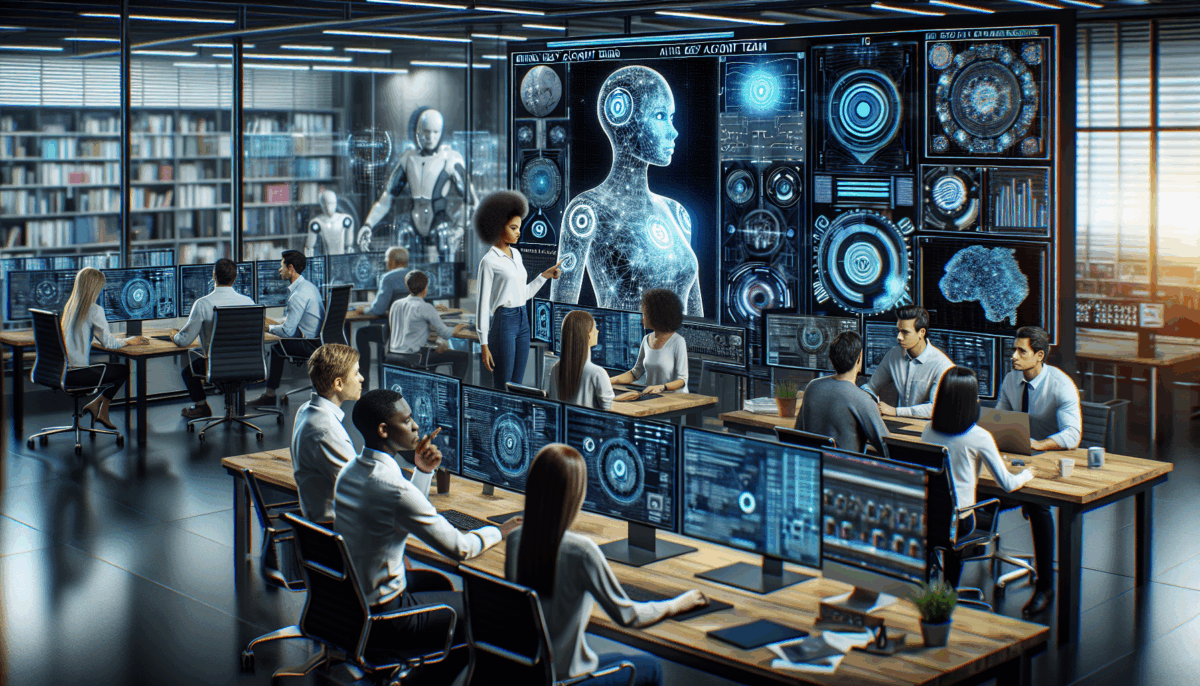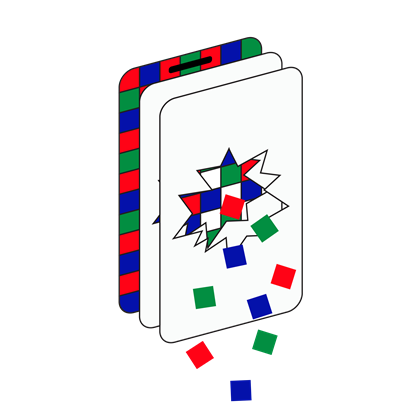McPherson’s Creates AI Assistant to Enhance Key Account Teams
We independently review everything we recommend. When you buy through our links, we may earn a commission which is paid directly to our Australia-based writers, editors, and support staff. Thank you for your support!
- McPherson’s creates an AI agent in collaboration with Salesforce to improve trade promotions.
- This AI instrument simplifies mundane tasks, enabling strategic retail dialogues.
- McPherson’s offerings are accessible in more than 15,000 retail locations across Australia.
- The initiative is part of a long-term project aimed at enhancing retail execution.
McPherson’s AI Breakthrough in Trade Promotions

AI Agent as a Catalyst for Productivity
McPherson’s Consumer Products has collaborated with Salesforce to introduce an AI agent aimed at boosting the productivity of its key account teams. This groundbreaking tool, characterized by CIO Nathan Alexander as similar to an autopilot, aids in the development of trade promotions and promotes improved dialogue with retailers. By handling repetitive chores, the AI agent frees team members to concentrate on more strategic goals.
Boosting Trade Promotions
Trade promotions play a crucial role in enhancing brand visibility in retail outlets, providing retailers with discounts and special displays. McPherson’s AI agent enhances these promotions by delivering insights into optimal tactics, facilitating superior planning and execution. This results in better shelf-space management and heightened sales.
Fostering Strategic Retail Dialogues
By utilizing data-driven insights, McPherson’s seeks to encourage more strategic conversations with retail partners. The objective goes beyond merely reducing promotional spending; it aims to ensure mutual advantages through informed trade spending decisions.
Broadening McPherson’s Presence
With its products available in over 15,000 pharmacies and grocery stores throughout Australia, McPherson’s is dedicated to refining its retail execution. The AI agent forms part of a larger framework focused on enhancing these operations through Salesforce’s consumer goods cloud.
Optimizing Operations with Salesforce
Prior to the deployment of the AI agent, McPherson’s field teams dedicated considerable time to administrative duties. The integration of Salesforce’s consumer goods cloud has allowed for a more cohesive understanding of customers and improved management of trade promotions, ensuring that teams concentrate on the right products at the appropriate times.
Deployment and Achievement
The installation of the AI agent was a seamless process, finalized in a single day. This swift implementation highlights the tool’s user-friendly nature and the effective synergy between McPherson’s and Salesforce.
Recap
McPherson’s Consumer Products has effectively incorporated an AI agent with Salesforce to revolutionize its trade promotion tactics. By automating routine activities and delivering critical insights, the AI tool empowers key account teams to participate in more strategic retail discussions, ultimately enhancing product demand across Australia.

























